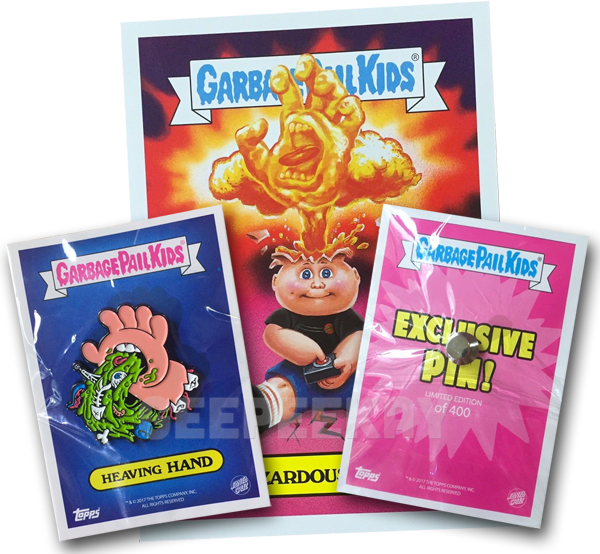
Here you will get your hands dirty wearing mining hats and slickers and riding the train deep underground to search for precious metals. Or, better, join the world-famous Queen Mine Tour, which takes you 1,500 feet underground to explore one of the abandoned mines. Tour the museums of Bisbee Mining & Historical Museum and Bisbee Restoration Museum to get an in-depth look into the lives of miners and settlers back in the day. Walking through the old-fashioned downtown lined with whimsical art galleries, bustling shops, unique museums, cute cafes, bars, and restaurants. Today, most of the rich historic past of Bisbee is well-preserved, thanks to the efforts of the residents, offering its visitors plenty of attractions and activities to give peeks into the golden past of Brisbee. Louis and San Francisco.Īfter a century of prosperous run, the mines gave away as the mineral reserves depleted, with the last mine being shut forever in 1975. It was the largest town in the Southwest between St. In a few years, Bisbee became known as the “Queen of the Copper Camps,” with a mining settlement for over 20,000 miners, prospectors, and their families.īisbee became one of the richest mineral sites in the world, producing gold, copper, silver, and zinc, producing almost a quarter of the world’s copper. The word soon spread, resulting in many migrants looking to make the most of these minerals. Kit rentals are $10 per week and can be requested here (you do not need to be a teacher to request a rental).But the rich past of Bisbee and its excellent location and all-year-round pleasant weather make it one of my favourite Arizona mining towns.īisbee was accidentally discovered in 1877 by a group of US Army scouts and cavalrymen who stumbled upon significant amounts of lead, copper, and silver. Rent a kit to explore local rocks at home. Activities for kids: Multiple dig boxes features Santa Margarita Formation fossils of sand dollars and casts of a fossil sea cow.Garden: Take a stroll around the Museum’s Garden Learning Center and see if you can spot fossils and other large rock samples.A detailed topographic geologic map of the county.Specimens of common rocks from the region.Specimens of common minerals from the region.Geology at the Museum On exhibit at the Museum Stratigraphy, paleontology, and geology of the central Santa Cruz Mountains, California Coast Ranges by Joseph C.Santa Cruz Coast: The & Now by Gary Griggs and Deepika Shrestha Ross.The Edge: The Pressured Past and Precarious Future of CA’s Coastline by Kim Steinhardt and Gary Griggs.Roadside Geology of Northern and Central California by David Alt and Donald W.Fossil Sharks and Rays of the Santa Cruz Mountains by Frank Perry.Fossil Invertebrates and Geology of the Marine Cliffs at Capitola, California by Frank Perry.ACTIVITY: Santa Cruz Geologic Top 5 Must-Sees.ACTIVITY: Geology of Westcliff Drive Tour.WATCH: Loma Prieta +30 Lecture with Frank Perry.WATCH: Ten Years Since the Tsunami with the UCSC Seismology Lab.WATCH: Fire and Mud: Why Fires Cause Debris Flows in California with Noah Finnegan.WATCH: Collections Close-Up: Benitoite with Hilde Schwartz.READ: Collections Close-Up: Laura Hecox’s Rocks.READ: A Guide to the Fossils of Santa Cruz County.WATCH: Rockin’ Pop Ups – short programs on geologic topics with the Geology Gents.READ: Rock Record blog – Musings on the Mineral World from Gavin Piccione and Graham Edwards.In some areas major faults have offset the rocks.Įxplore other resources for better understanding geology, paleontology, and the landscape of the Santa Cruz region. Many of the sedimentary beds, which were originally horizontal, have been tilted, folded or partly eroded away. Sand, mud and other sediment was deposited on the seafloor and was eventually compressed and hardened into sedimentary rock which was uplifted to form the Santa Cruz Mountains. Since then, this area has been covered by the sea much of the time. It formed about 100 million years ago from molten rock which cooled very slowly at a depth several miles below the earth’s surface. Most of the county is underlain by granitic rock. Most of these formations were created through movement of the crust because of tectonic uplift at the subduction zone off the California coast.

There are over 14 geologic formations in Santa Cruz County. A formation can consist of a variety of related or layered rocks, rather than a single rock type. Each formation must be distinct enough for geologists to tell it apart from surrounding layers and identify it on a map. A geological formation is a basic rock unit that geologists use to group rock layers. Many of these rocks represent formations. Each color represents a different kind of rock and, in turn, a particular age. The above map shows the distribution of different rocks in Santa Cruz County.


 0 kommentar(er)
0 kommentar(er)
